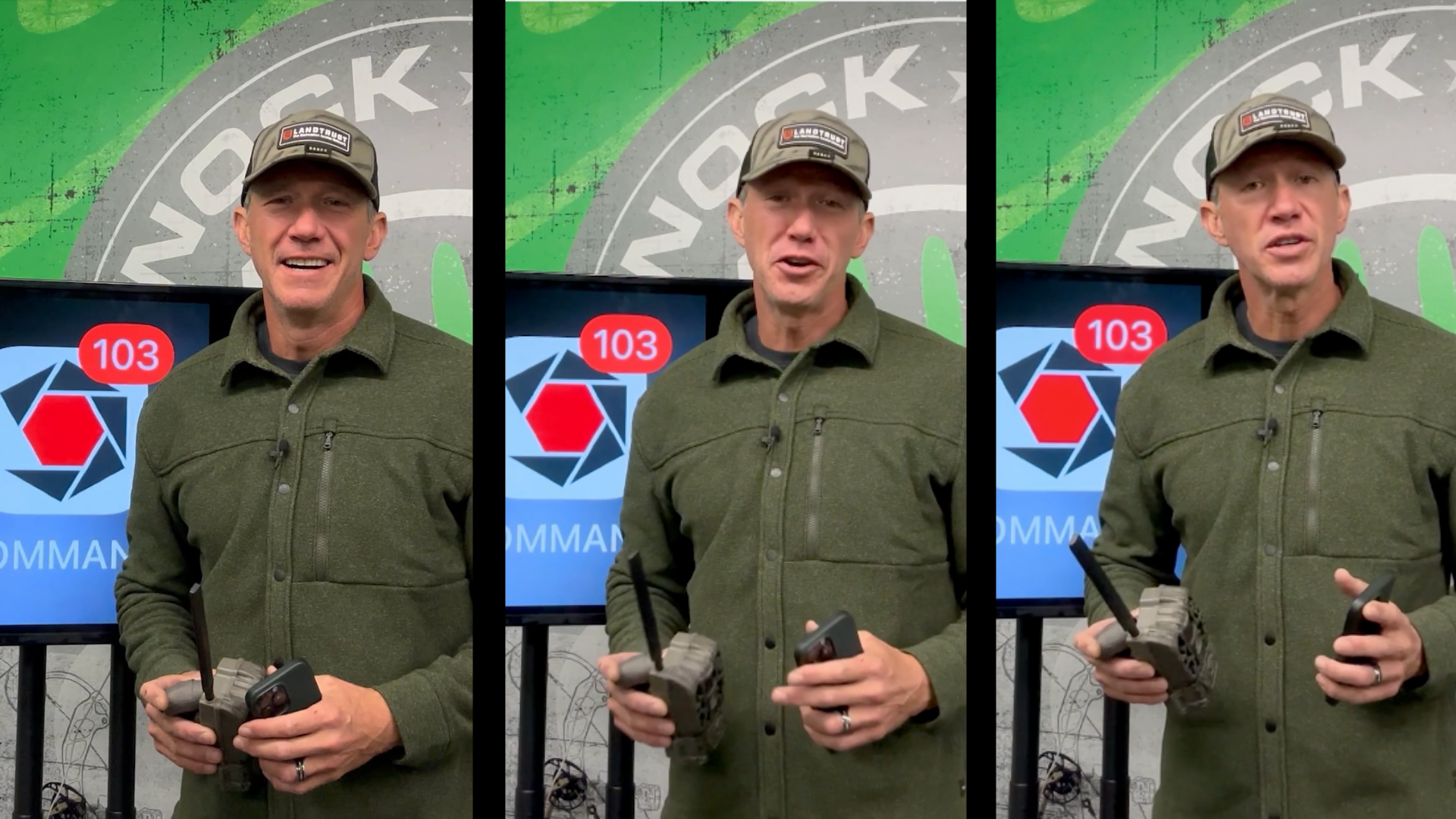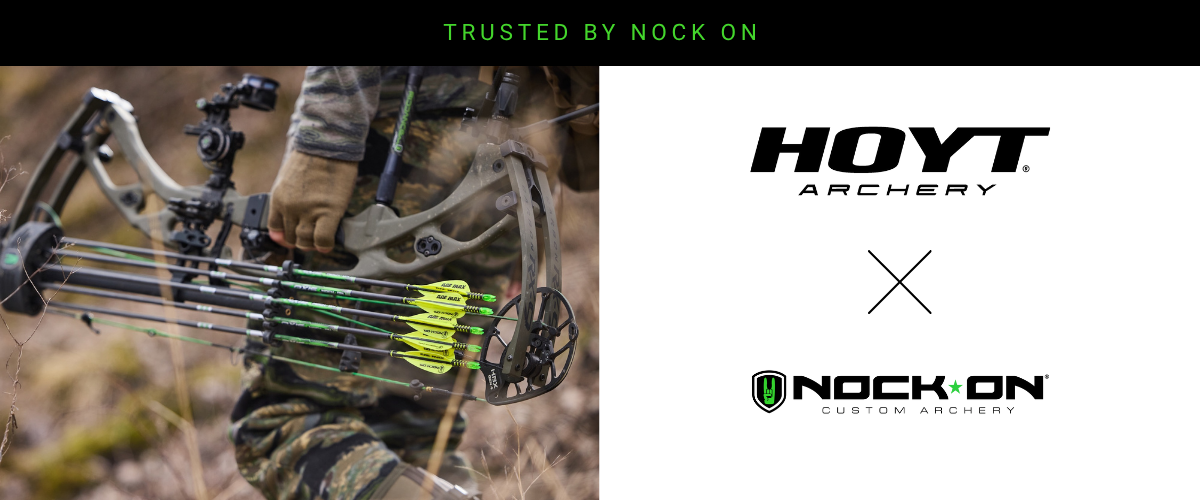After thirty days of patient waiting, the moment had finally arrived.
As I sifted through the trail camera photos on my phone, the shift was undeniable. Daylight buck movement had exploded. Bucks fighting at 1:00 PM, mature deer on their feet mid-morning, and a parade of new faces I hadn’t captured all season.
This sudden surge wasn’t random luck. It was a predictable window I’d documented year after year.
For serious whitetail hunters, timing is everything. While many hunters focus exclusively on hunting locations, understanding when to hunt those spots can mean the difference between a season of frustration and a filled tag.
Your Phone Holds the Blueprint to Success
Most hunters are sitting on a gold mine of information without even realizing it. That smartphone in your pocket contains years of photos, videos, and location data that can show predictable patterns about your hunting areas.
I can look back through the years and see pics from new bucks that showed up, pics of friends with a giant buck that came in during daylight pre-rut or see someone poised next to a decoy. The puzzle pieces are there.
For trail cam users, dig into your photos from previous seasons. Whether you’re using cellular cameras with dedicated apps or traditional SD card cameras, sort your images by date taken. Focus on comparing the same calendar dates across multiple years.
For smartphone users without extensive trail cam archives, there’s still plenty of data available:
- Open your photo app
- Navigate to the “Albums” or “Years” section
- Filter to show photos from late October through November
- Look for patterns in the deer activity you documented
- SEARCH FOR “DEER” most people don’t know you can type in “deer” to your photo gallery and it will pull up all kinds of pictures. Then you can look at the dates!
What you’ll likely find is striking: Locations that seem dead for weeks or months suddenly explode with activity during specific windows.
Last month I did a challenge for a hunt with a buddy. I decided to hunt a random week. I went back through my phone from past years and saw videos of bucks i had seen or had stealthcam pictures of in a certain spot I had permission to hunt. I had totally forgotten about that place being good during that same week years prior. We went to that spot and I notched a tag!
This wasn’t an anomaly. It was a pattern that helped me allocate my limited hunting time more effectively.
The Activation Window: When Bucks Become Daywalkers
What exactly triggered the sudden change in deer behavior I was seeing? A “hot doe” (in estrus) moved through one of my hunting locations. Bucks that had been ghosts for weeks suddenly materialized, including some I’d never seen before.
The evidence was in my recent trail camera photos:
- Buck fight captured at 1 p.m.
- Multiple mature bucks moved during shooting hours
- Increased scraping and rub-line activity
- Bucks appeared in locations that had been quiet for weeks
This change from nocturnal behavior to “daywalkers” is the green light serious hunters wait for. When bucks start moving during legal hunting hours, your chances of success increase. By documenting exactly when this window opened in previous years, you can anticipate it accurately.
Looking back at my historical data reinforced this pattern:
- Nov. 3, 2021: A giant buck appeared at a specific location at 2:33 p.m.
- Nov. 6: The same buck made a second appearance
- Nov. 7: Another mature buck cruising during daylight
These weren’t coincidences. They were data points that helped me predict peak movement periods.
Understanding Seasonal Location Shifts
Not all hunting locations remain productive throughout the season. Food plots that are deer magnets in September might be virtual deserts by Nov. 1.
I have one food source that historically draws dozens of does in early-to-mid October. But once the rut kicks into high gear around Nov. 7, those does largely disappear from that location and head to thickets. Many seek sanctuary as bucks become increasingly aggressive in their breeding pursuits.
However, just because the does abandoned these areas didn’t mean I should, too. My trail cameras showed that bucks would still cruise these locations, checking for any receptive does that might return. It was counterintuitive, but my historical photos proved it happened year after year.
This intel reminded me that a doe decoy in that vacant field could prove very deadly.
This knowledge changed my hunting strategy. Instead of abandoning previously hot food sources when doe numbers declined, changed my expectations. Now I was hunting for cruising bucks rather than resident does.
Tactical Applications: Decoys, Calling, and Setup Timing
Once you’ve identified your peak movement window, deploy tactics that would be ineffective during other periods.
My historical data showed that buck interactions with doe decoys followed a predictable timeline. Before the rut intensified, bucks may have been cautious or disinterested. But my video documentation from Nov. 8 showed aggressive approaches and posturing, evidence that this was the optimal window for decoy deployment and possibly the use of an antler on the decoy.
The same principle applies to other rut-specific tactics:
- Calling strategies (grunting, snort-wheeze, rattling)
- Scent application
- All-day sits versus selective hunting hours
- Aggressive versus conservative approaches
Cross-referencing these tactics’ effectiveness against the calendar dates from previous seasons helps you develop a precise playbook for when to implement each technique.
Planning Your Strike
Having patiently waited until my historical data confirmed the time was right, I was ready to make my move. The preparation involved in this data-driven approach may have seemed excessive to some, but it increased my efficiency and success rates.
Here’s how to implement this approach yourself:
- Review your historical photos from the same calendar week across multiple years
- Identify which hunting locations were productive during this specific time window
- Note the precise behaviors (fighting, scraping, cruising) you documented
- Match your tactics to the behaviors you expect to encounter
- Be flexible. Weather patterns may shift the window slightly earlier or later
Most importantly, when your data indicates the time is right, commit fully. These peak movement periods are often brief, sometimes lasting only seven to 10 days. Hesitation means missed opportunity.
Trust Your Data
When it comes to whitetail hunting, intuition and conventional wisdom only take you so far. The most consistent hunters I know rely on documented patterns and collected data.
By leveraging the historical information already sitting in your phone, you can pinpoint not just where to hunt, but when to be there. These patterns repeat themselves year after year, regardless of your hunting location.
For me, Oct. 30 marked the beginning of my prime hunting window based on years of documentation. Nov 5-8 had countless trophy photos with successful hunts. Then a lapse in success until nearly 10 days later, which identified to me a “lockdown” time when opportunity is less. Your own optimal window may fall on different dates depending on your location and local deer behavior, but the principle remains the same: let history guide your hunting calendar, and you’ll find yourself in the right place at the right time more often.






 massmonopoly
massmonopoly